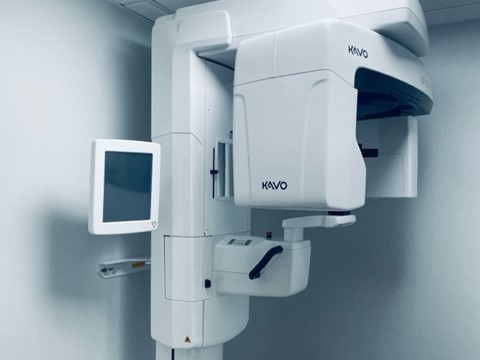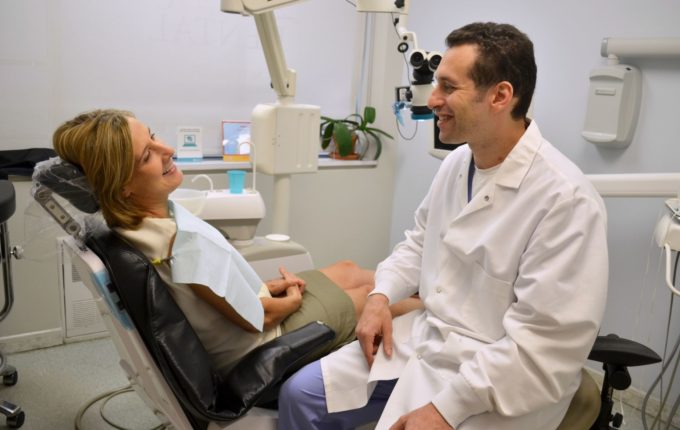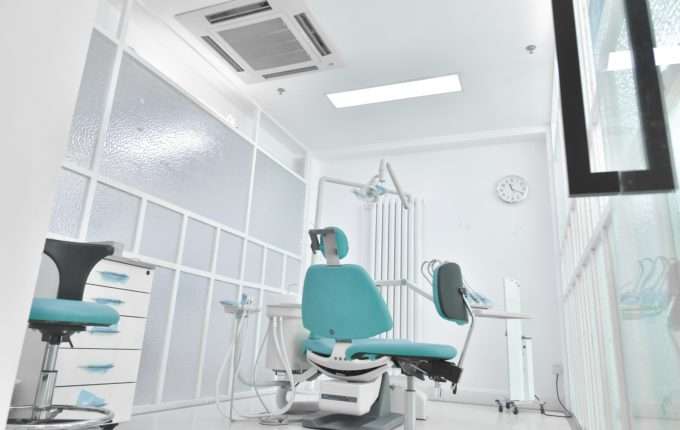Bicuspid Root Canal
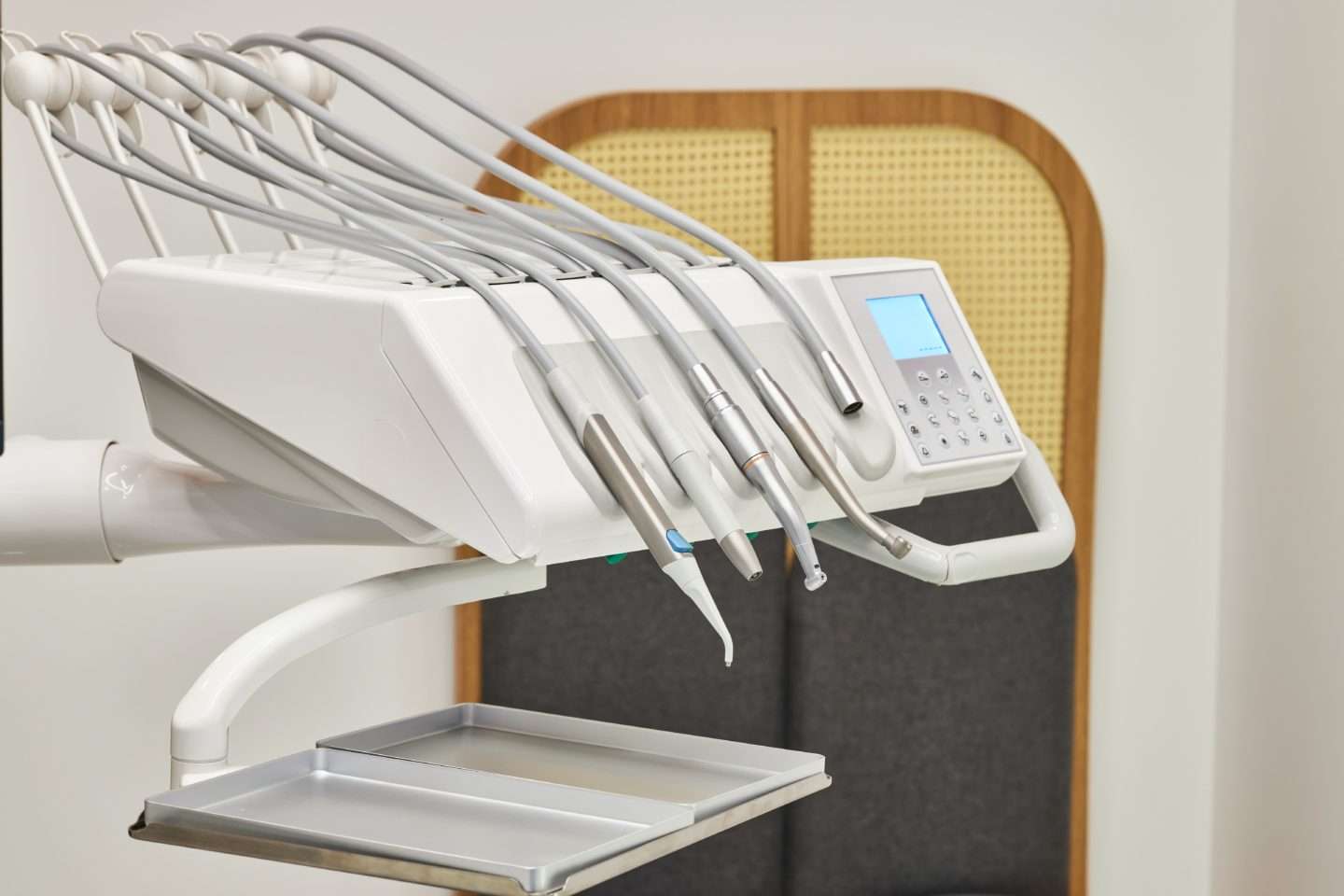
- What Are Premolar Teeth?
- What Is A Bicuspid Tooth Root Canal?
- The Bicuspid Tooth Root Canal Procedure
- Midtown Endodontist NYC
If an endodontist told you that you need a bicuspid root canal, you might have questions about what that entails like what is a bicuspid tooth and what is a bicuspid root canal? We walk you through the procedure below.
What Is a Bicuspid Tooth?
The bicuspids are the teeth located between your molars and canine teeth. They have two cusps, which gives them their name. If you count from the back of your mouth forward, your two bicuspids will be the fourth and fifth teeth on each side, top and bottom. Every adult has eight bicuspid teeth to assist with chewing.
What Are Premolar Teeth?
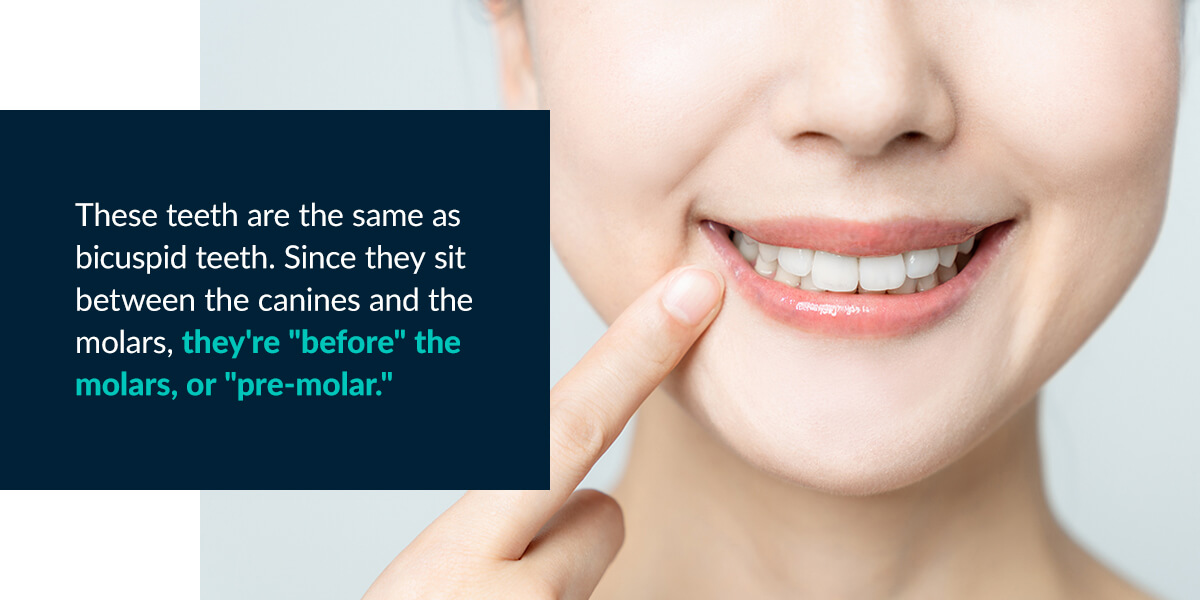
What Are Premolar Teeth?
These teeth are the same as bicuspid teeth. The reason behind their name is because of where they’re located in the mouth. Since they sit between the canines and the molars, they’re “before” the molars, or “pre-molar.” This is what has led to the term “premolar,” although bicuspid is by far the more common name of the two.
Why Do We Have Bicuspids?
Many reasons exist for why we have bicuspids. These teeth possess a broad chewing surface that helps you bite and chew a variety of foods. Additionally, they have some of the same characteristics as canines and molars, making them some of the most versatile and important teeth in your mouth. You use them like your canines to tear into food and like your molars to chew your food before swallowing.
Does Everyone Have Bicuspids?
Everyone gets their bicuspid teeth during their early teenage years, and they’re the first permanent teeth to come in after one’s primary teeth. To keep your bicuspids healthy for years to come, it’s important that you practice good oral hygiene and visit your dentist on a regular basis for professional cleaning services.

Some people may need to have their bicuspids removed for various reasons. If you’re experiencing pain or other issues with your bicuspid teeth, talk to a dentist right away to take the proper next steps.
What Is a Bicuspid Tooth Root Canal?
A bicuspid root canal is a root canal that happens for one of your bicuspid teeth. During the procedure, an endodontist removes the decayed soft tissue inside of the tooth. Then the endodontist refills the canals and body of the tooth with material made from thermoplastic and places a crown on top to protect the root canal.
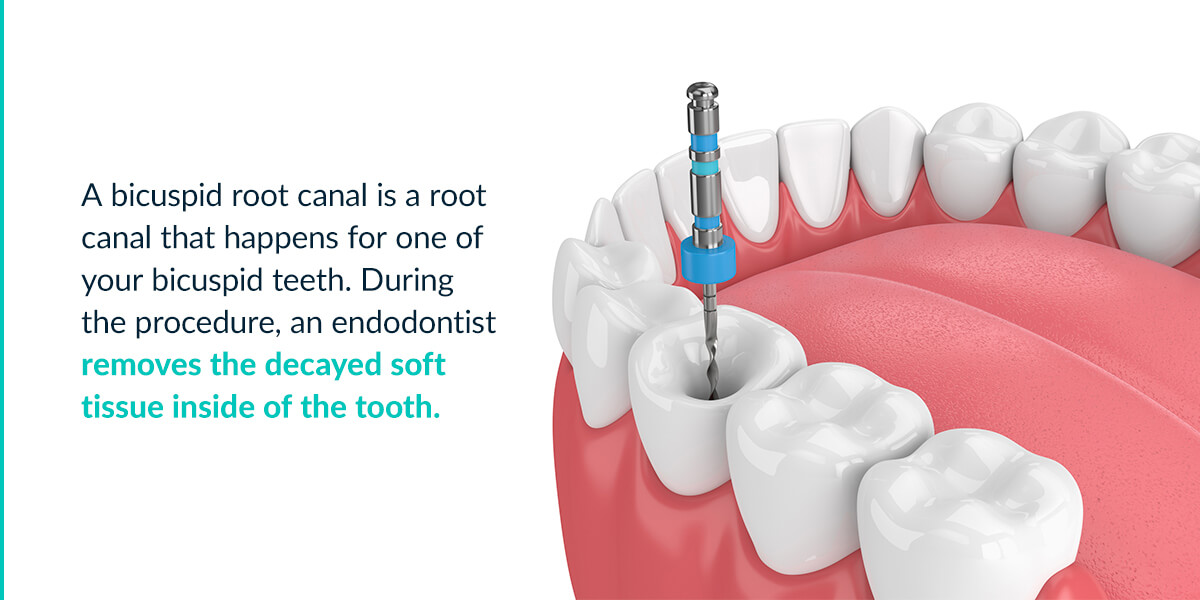
About the Bicuspid Tooth Root Canal Procedure
There are five necessary steps in a bicuspid tooth root canal:
- Taking x-rays: The endodontist will begin by taking x-rays of the bicuspid tooth to see the decay and map out the canals and shape of the tooth. This helps them determine how to perform the surgery.
- Administering local anesthesia: The patient may decide on local anesthesia or going under entirely. It depends on their comfort level and whether they have a fear of the dentist.
- Removing the decay: The endodontist will drill a hole in the bicuspid enamel to access the soft tissue inside of the tooth. Employing a dental file or laser, the endodontist will remove the infected area of the bicuspid tooth, including the pulp and nerves. Our endodontist relies on an endo microscope for this part of the procedure. If the tooth exhibits a high level of decay, the endodontist may use a camera to look around the area and determine if they treated all the infection.
- Filling the area: Once the endodontist removes the decay, infection and debris, they will fill the area with a thermoplastic material that goes into all the roots. The material maintains the structural integrity of the bicuspid. Endodontists prefer this method to tooth extraction as an extraction can cause the teeth surrounding the removed bicuspid to migrate or become overcrowded.
- Adding the crown: Following the insertion of the thermoplastic material, the endodontist will either top the area with a temporary crown or add the new permanent crown, if it is available. The temporary crown will remain over the tooth until a permanent one — made to fit your mouth — is ready at your dentist’s office.
A bicuspid root canal will hurt no more or less than any other type of root canal. The procedure can cause mild discomfort afterward, but an over-the-counter painkiller will help.
Make an Appointment With Midtown Endodontist Today
If you need root canal therapy on your bicuspid tooth, we can help at our Midtown office in New York City. Call us today at (347) 708-8795 to learn more or book your appointment online.
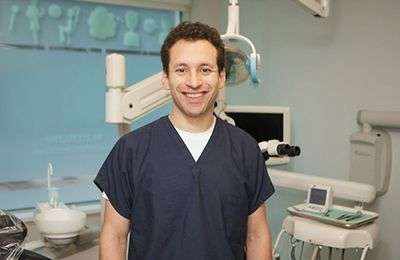 Our Providers
Our Providers
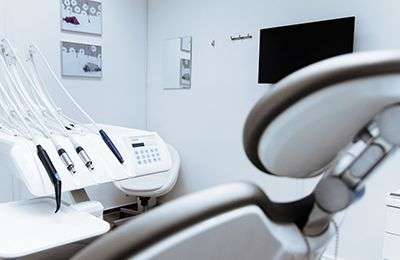 Blog
Blog
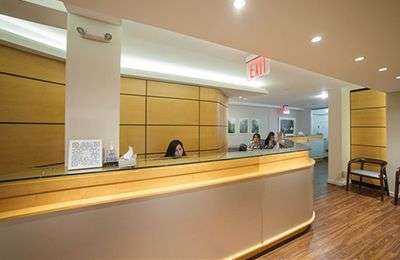 Contact us
Contact us
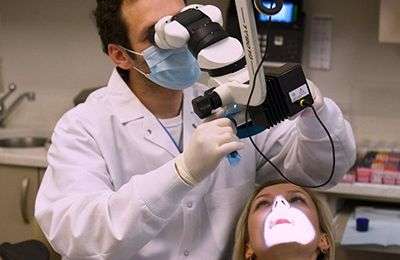 Endodontics
Endodontics
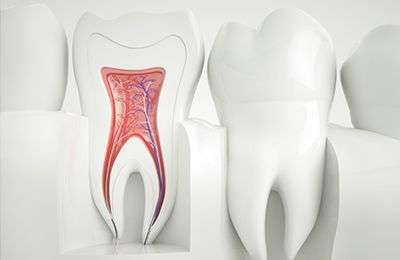 Root Canal Treatment
Root Canal Treatment
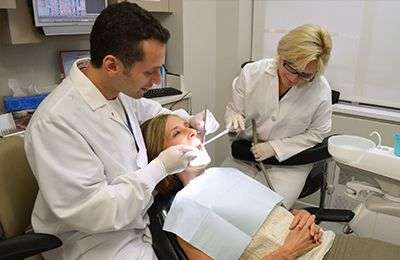 Emergency Root Canal
Emergency Root Canal
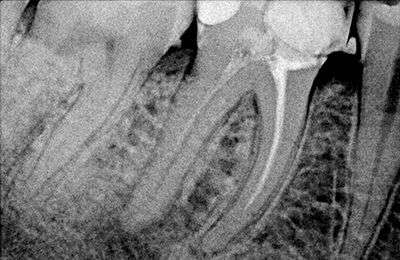 Root Canal Retreatment
Root Canal Retreatment
 Complimentary Teeth Whitening
Complimentary Teeth Whitening
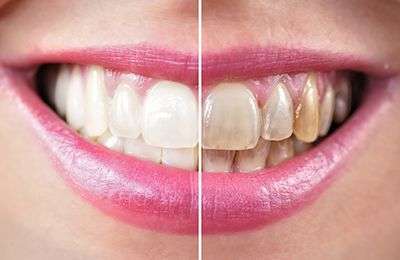 Teeth Whitening
Teeth Whitening
